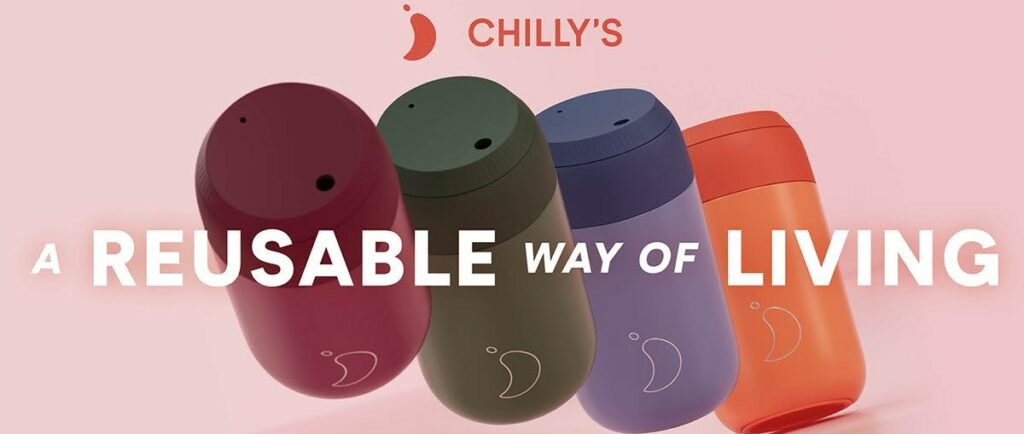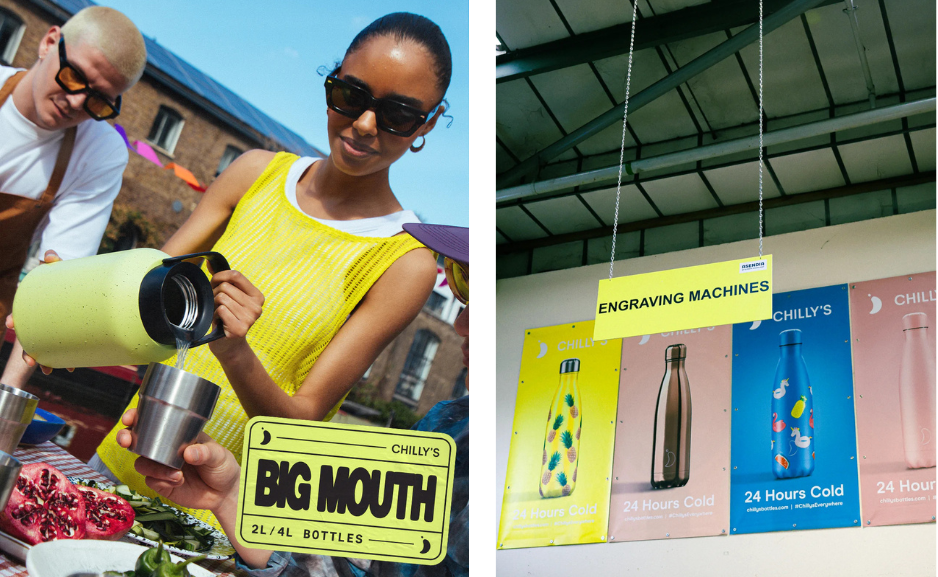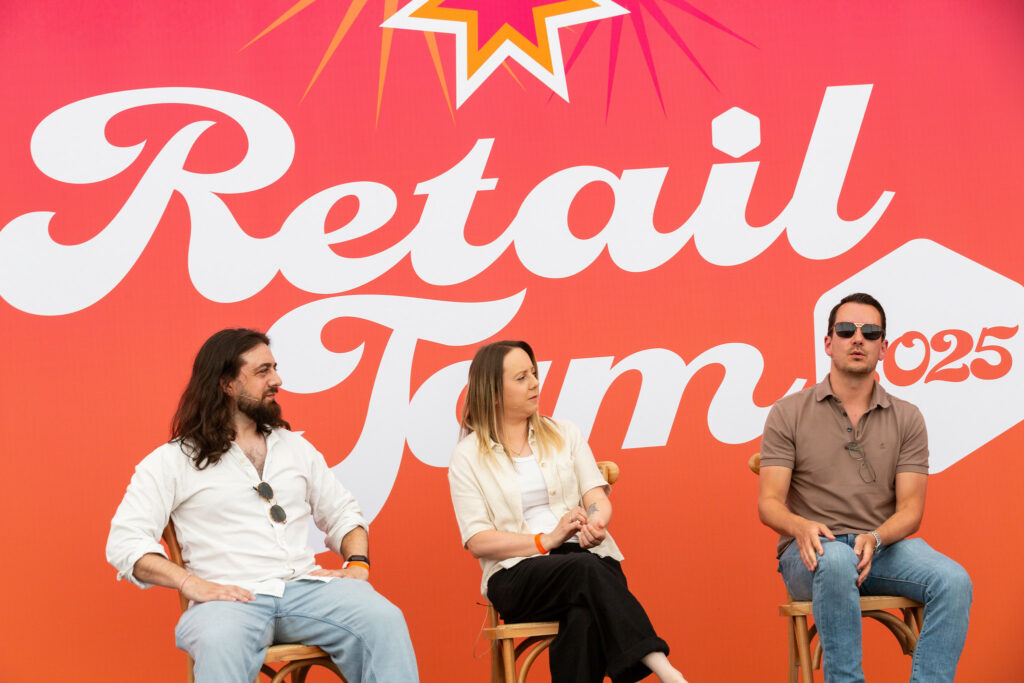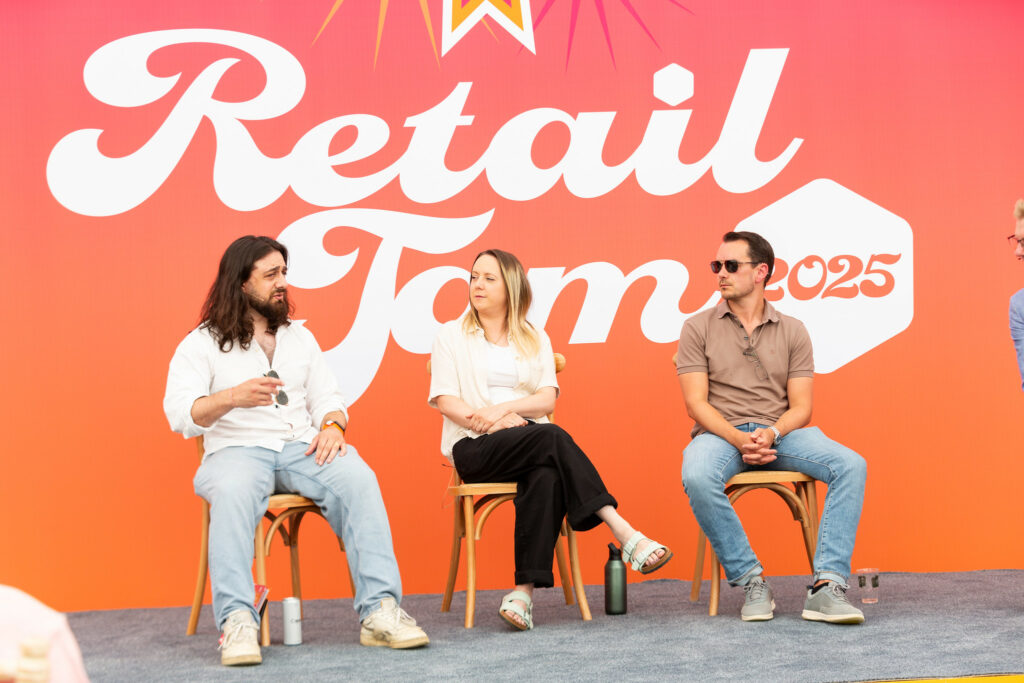Sophie McCallum, Senior Producer at RetailJam, sat down with Bryony Tagg, Head of eCommerce at Chilly’s, to talk about smart scaling, social commerce, and the lessons learned from platform pivots. With just a two-person eCommerce team and big ambitions for innovation, Bryony shares how they’re using AI to cut out the grunt work, what she’s watching closely in the evolution of digital shopping, and why returning to Shopify was the best move for the brand.

Bryony Tagg, Head of eCommerce, Chilly’s
Could you start by telling us a bit about your role and what Chilly’s is all about?
I’ve been at Chilly’s for about 18 months now. Before joining, my background was entirely in fashion, mostly menswear, so it was a bit of a change moving to Chilly’s.
For anyone who doesn’t know us, Chilly’s predominantly sells reusable water bottles, but we’ve branched out into other types of reusables like coffee cups, food pots and cutlery. We’re really focused on sustainability and encouraging people to adopt everyday reusables: that’s our premise and ethos.
I oversee everything that eCommerce touches. We’re a very small team, just me and my eCommerce manager, so we rely heavily on external agencies to help us deliver on the big ideas and ambitions of the business. It can be a challenge, and this year in particular has been a big one. We re-platformed at the start of the year, so it’s been quite full-on, but I enjoy it.

What kind of innovation has helped you manage that workload with such a small team?
We’ve been experimenting with some really practical AI solutions. I’m lucky that one of our co-founders is very into AI and came across a platform called Replit, where you can build your own apps using AI.
One tool we built has been a real game-changer. We find that after a campaign shoot you end up with thousands of images, then select the best 30 or 40, and need to crop and resize them for dozens of different ad placements. It used to take one of our artworkers three or four days. Now, we just upload the images, mark the central point, press a button, and the app outputs everything we need in a matter of minutes. It’s made a huge difference.
I think we’re all coming to terms with the fact that we’re not just marketing to humans anymore, we’re also marketing to bots. That changes everything.”
You mentioned keeping an eye on social commerce. Where do you think that’s headed?
Social commerce is something I’ve been watching closely. A few years ago, I thought it would’ve taken off more quickly than it has. TikTok, and especially TikTok Live, is starting to get serious traction now, even with brands I wouldn’t have expected to use it.
But in the UK and Europe more broadly, there’s still a long way to go. If you look to East Asia, the uptake is enormous. For example, on Singles Day in China, over 50% of the merchants on Temu participated in live shopping, generating over $3 billion in one day. That’s a massive opportunity, and I think the brands that stay close to that space are the ones that’ll really win.
Search is going to be less about rankings and more about making sure your content is structured in a way that AI can pick up.”
How do you think people will find your products in future, especially as search behaviour continues to evolve?
That’s a really interesting question. I think we’re all coming to terms with the fact that we’re not just marketing to humans anymore, we’re also marketing to bots. That changes everything.
Search is going to be less about rankings and more about making sure your content is structured in a way that AI can pick up. Things like expertise, experience, authority, and trust—those E-E-A-T signals—are becoming increasingly important. For us, it means focusing on things like FAQ pages, making them really concise and using bullet points so generative engines can read them easily. We’re leaning heavily into that.

You’ve clearly had to make some big decisions around your tech stack. Can you tell us more about your experience with composable commerce?
Chilly’s has been on quite a journey. We originally started on Shopify, then moved away about eight years ago to build something more custom and composable. I genuinely believe that was the right move at the time. The business wanted more control over the brand experience and the tech.
But when I joined and looked at the platform, it was clear that it just wasn’t going to support the level of innovation and pace we needed. Everything was moving at a snail’s pace, and the costs were too high. Ultimately, it meant I couldn’t deliver the changes I was brought in to make.
After a full review, we decided to move back to Shopify and that’s been absolutely the right decision for us. The platform has evolved so much. Within just a few months we’ve rolled out loads of the innovations we’d wanted to do before, and all the key metrics moved in the right direction. For a business of our size, it’s been the right fit.
Discover more…



